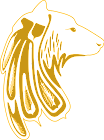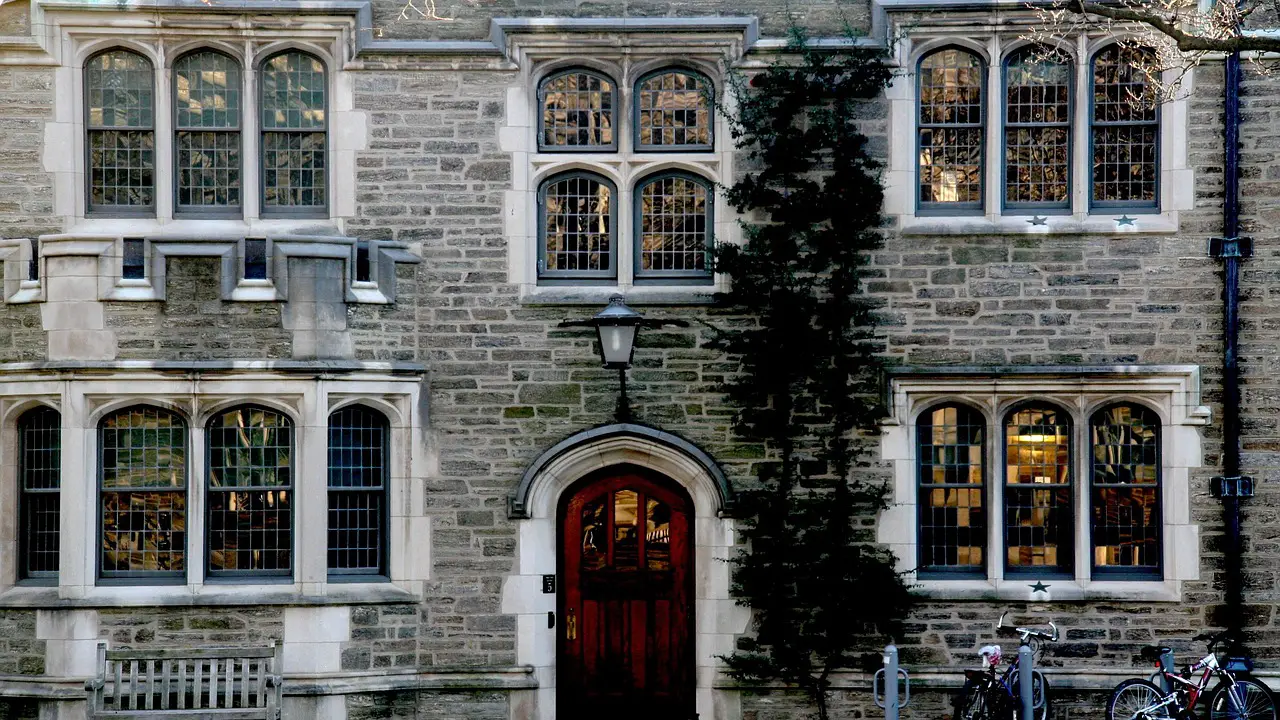The rhythmic drumming, the colorful regalia, the harmonious singing — a Powwow is more than just an event: it is the beating heart of Indigenous culture in North America. In this comprehensive guide, you will discover everything about the fascinating world of Native American Powwows, their deep meaning, traditions, and why they are more alive today than ever before.
What Is a Powwow? A Living Tradition
A Powwow is a social gathering of various Native American nations where dance, music, song, and community come together to celebrate and preserve cultural identity. The term comes from the Algonquian word “pau-wau,” meaning “spiritual leader” or “healer.”
- Cultural Revival: Preserving and passing down traditions
- Community Building: Bringing together tribes and generations
- Spiritual Practice: Healing and empowerment through shared rituals
- Living Evolution: Tradition in the 21st century
The History of Powwows: From Reservations to Modern Movements
The roots of the Powwow tradition reach deep into the history of the Plains Nations, especially the Lakota, Cheyenne, and Kiowa.
- Early Origins: War dances, healing ceremonies, seasonal celebrations
- Reservation Era: Adaptation and preservation despite cultural suppression
- 20th Century: Revival and spread beyond tribal borders
- Pan-Indian Movement: Shared cultural identity across tribes
Powwow Etiquette: Respectful Participation for Visitors
Understanding Powwow etiquette is essential for visitors who wish to participate respectfully.
- Photography: Always ask permission, especially before photographing dancers
- Sacred Moments: No photos during certain ceremonies and prayers
- Clothing: Wear respectful, appropriate attire
- Seating: Respect designated visitor areas; do not step into the dance circle
- Regalia: Never call it a “costume” — it is sacred clothing
The Dance Circle: Sacred Space and Spiritual Center
The Powwow dance circle is more than a performance space — it represents the circle of life.
- Sacred Space: Often purified with sage or sweetgrass
- Circular Movement: Clockwise, following the path of the sun
- Central Drum: The heart of the Powwow
- Four Directions: Spiritual symbolism in the layout
Dance Styles: Diversity and Meaning
The variety of Powwow dances reflects the rich cultural diversity of Native America.
Traditional Men’s Dances
- Traditional Dance: Dignified, telling stories of warriors
- Fancy Dance: Acrobatic and fast, with colorful feather bustles
- Grass Dance: Flowing movements imitating prairie grass
Traditional Women’s Dances
- Traditional Dance: Graceful, often with symbolic objects
- Fancy Shawl Dance: Elegant and energetic, like a butterfly in motion
- Jingle Dress Dance: Originally a healing dance with metallic jingles
Regalia: Sacred Clothing with Personal Stories
Powwow regalia is deeply personal and spiritually meaningful.
- Personal Story: Each element holds unique significance
- Family Connection: Heirlooms and traditional patterns
- Spiritual Symbols: Feathers, colors, and designs with deep meaning
- Handcrafted: Often made by hand over years using beads and quills
The Drum: Heartbeat of Mother Earth
The Powwow drum is regarded as a living being — the heartbeat of the community.
- Sacred Sound: Connects participants to the spiritual world
- Drum Groups: Multiple singers share one large drum
- Traditional Songs: Certain songs are passed down through generations
- Modern Compositions: New songs blending tradition and innovation
The Grand Entry: Opening with Reverence
The Grand Entry marks the ceremonial opening of every Powwow.
- Flag Procession: U.S. flag, tribal flags, veterans honored
- Honor Dances: Paying respect to veterans and elders
- Entry of Dancers: Organized by age group and dance style
- Opening Prayer: Offered in a Native language
Powwow Season: From Community Gathering to National Event
The Powwow season follows an annual rhythm, peaking in the summer months.
- Community Powwows: Small local gatherings
- Competition Powwows: Large events with prize money and contests
- Seasonal Celebrations: Thanksgiving, spring renewal, year-end festivities
- Major Events: Gathering of Nations in Albuquerque (the largest Powwow)
Competitions and Awards: Tradition Meets Excellence
At Competition Powwows, dancers showcase their skill across various categories.
- Age Categories: From Tiny Tots to Golden Age dancers
- Judging Criteria: Rhythm, expression, regalia, and posture
- Prizes: Recognition for artistic excellence
- Honor and Respect: Participation outweighs winning
Modern Developments: Powwows in the Digital Age
The Powwow culture continues to evolve while remaining rooted in tradition.
- Social Media: Live streams and global networking
- Urban Powwows: Events held in cities beyond reservations
- International Participation: Global Indigenous connections
- Youth Involvement: Modern influences within traditional forms
Cultural Importance for Indigenous Communities
Powwows play a crucial role in the cultural well-being of Indigenous communities.
- Identity Formation: Strengthening Indigenous pride and self-awareness
- Intergenerational Connection: Elders and youth sharing knowledge
- Healing: Processing historical trauma
- Economic Opportunities: Art, crafts, and local business
Visiting a Powwow: Practical Tips for First-Time Guests
Here are a few helpful tips for your first Powwow visit:
- Do Your Research: Learn local rules and schedules beforehand
- Arrive Early: Don’t miss the Grand Entry
- Ask Respectfully: Most participants are proud to share their culture
- Buy Native Art: Support local Indigenous artists directly
- Try Traditional Food: Fry Bread, Indian Tacos, Wojapi
Frequently Asked Questions About Powwows
Can Non-Indigenous People Attend Powwows?
Yes, most Powwows are open to the public and welcome guests from all cultures. Respectful behavior is the key to a positive experience.
Can Visitors Join the Dancing?
During certain dances (Intertribal), everyone is welcome to participate. Competition and honor dances are reserved for registered participants.
Is There an Admission Fee?
Community Powwows are often free, while larger competitive events may charge entry fees to cover prizes, organization, and venue costs.
The Future of Powwow Culture
The future of Powwows looks bright, with inspiring developments ahead:
- Digital Presence: Online streaming and virtual participation
- Global Connections: International exchange among Indigenous cultures
- Young Innovators: New dance styles and musical fusions
- Cultural Revival: Rediscovering forgotten traditions
Conclusion: Living Culture in a Rhythmic Heartbeat
Powwows are far more than folkloric events — they are the living, breathing soul of Indigenous culture in North America. Through powerful drumming, expressive dances, and intergenerational unity, Native peoples preserve their traditions while allowing them to flourish in a modern context.
For visitors, a Powwow offers a unique opportunity to experience the rich cultural diversity of Native nations and to understand that these cultures are not relics of the past, but vibrant, evolving, and full of life.
Would you like to learn more about Indigenous cultures? Explore our articles on traditional crafts, spiritual practices, and the history of different tribes!

